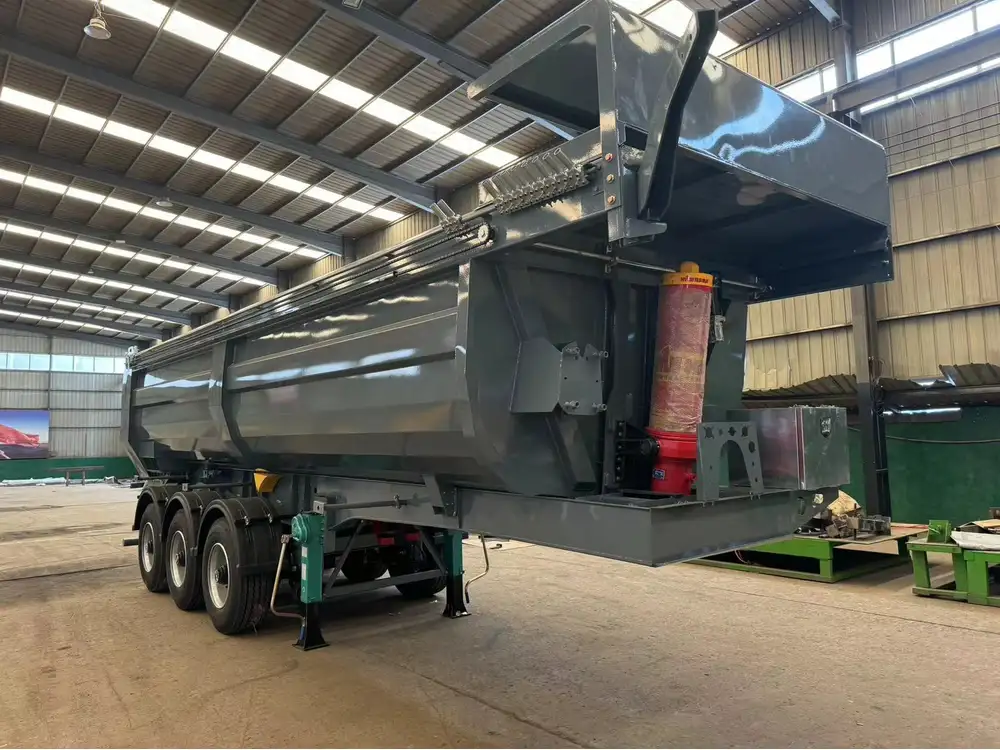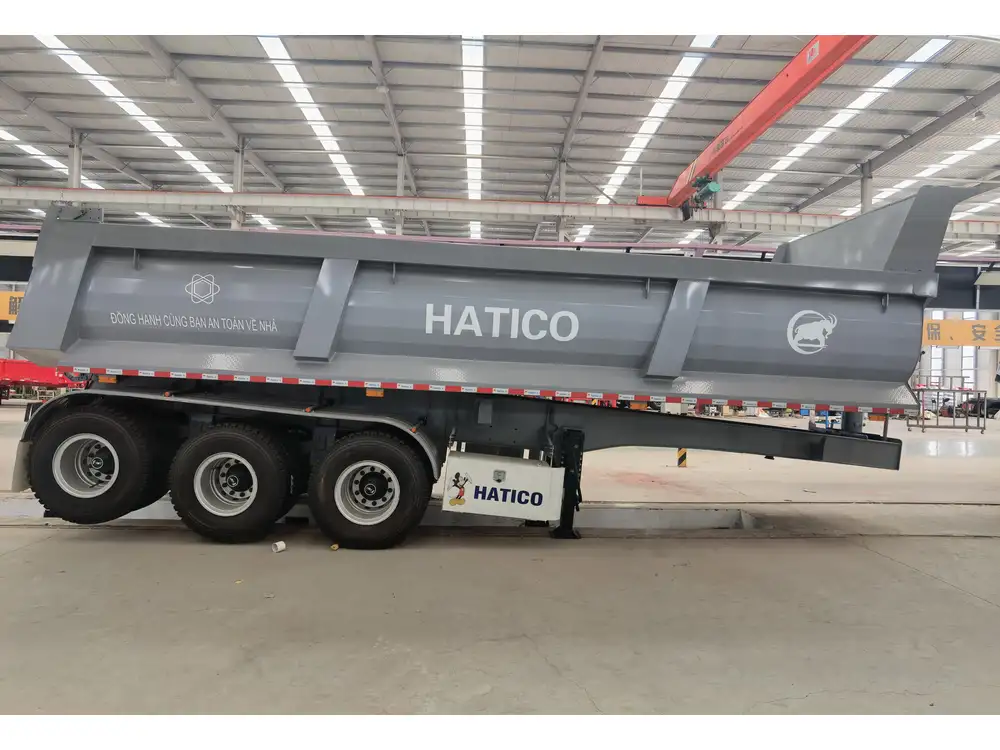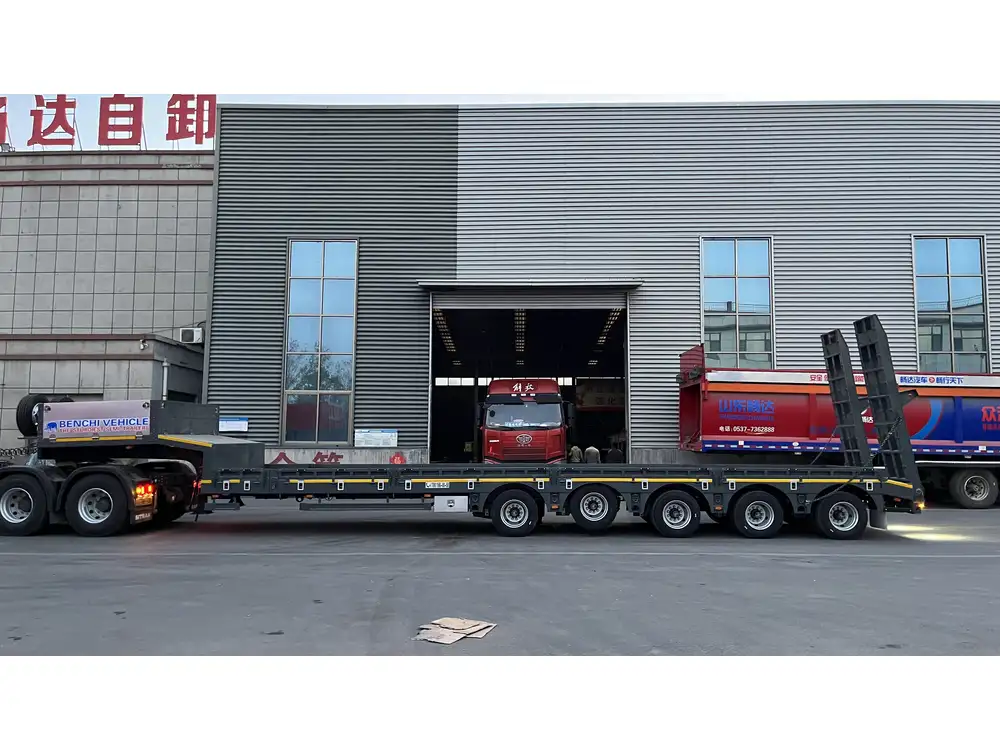When transporting goods, ensuring the structural integrity of the trailer is paramount. In circumstances where aquaculture or ornamental fish transportation is concerned, a vital consideration emerges: How big of a fish tank can a trailer floor hold? This inquiry is not merely academic; it has profound implications for manufacturers, distributors, and owners of semi-trailers.
Understanding the Weight Distribution in Trailers
Before delving into the specifics of tank sizes suitable for trailers, it’s essential to grasp how weight distribution plays a critical role in trailer design and performance.
Weight Limits and Regulations
Gross Vehicle Weight Rating (GVWR): This is the maximum weight a vehicle can legally carry, including the weight of the trailer itself. For semi-trailers, GVWR values typically range from 10,000 to 80,000 lbs depending on configuration and composition.
Payload Capacity: This value is calculated by subtracting the empty weight of the trailer from its GVWR. If we define the typical semi-trailer’s unladen weight as approximately 15,000 lbs, the payload capacity for a GVWR of 80,000 lbs would be around 65,000 lbs.

Impact of Fish Tank Weight
When determining how large a fish tank can be accommodated on a trailer, consider the water’s weight in conjunction with the tank’s material.
Weight of Water: Water weighs approximately 8.34 lbs per gallon. Therefore, a 100-gallon tank of water alone weighs about 834 lbs.
Tank Material: The material of the fish tank—be it glass or acrylic—also influences the overall weight. A standard glass aquarium might weigh between 10-20% of the water volume when empty, adding significant weight.
Example Calculation: The 100-Gallon Aquarium
Let’s conduct a breakdown of sizes based on a common aquarium size.
| Aquarium Size | Water Weight | Tank Weight (Glass) | Total Weight |
|---|---|---|---|
| 50 gallons | 417 lbs | 50 lbs | 467 lbs |
| 100 gallons | 834 lbs | 150 lbs | 984 lbs |
| 200 gallons | 1,668 lbs | 300 lbs | 1,968 lbs |
Given the weight distribution dynamics, a well-calibrated understanding will help establish practicable tank sizes without surpassing the trailer’s limits.
Structural Integrity of the Trailer Flooring

Material Considerations
The flooring material of the trailer significantly influences how well it can tolerate weight, particularly dynamic loads such as a full fish tank.
Plywood vs. Aluminum: While plywood provides good resistance to water and impacts, aluminum flooring often offers superior strength-to-weight ratios, helping to disperse weight more effectively.
Reinforcement Techniques: Utilizing crossbeams and additional support systems can greatly bolster the strength of the trailer floor, allowing for larger tank accommodation.
Calculating Floor Load Capacity
The capacity of a trailer floor can be approximated by considering its area and the material strength.
- Load per Square Foot: Depending on the flooring material, trailers can typically handle anywhere from 200 to 300 lbs per square foot.
| Flooring Type | Max Load Capacity (lbs/ft²) | Example Size | Total Capacity |
|---|---|---|---|
| Plywood | 200 | 8 ft x 8 ft | 12,800 lbs |
| Aluminum | 300 | 8 ft x 8 ft | 19,200 lbs |
These values give a clearer picture of whether a given fish tank can be safely housed within a trailer configuration.
Best Practices for Transporting Fish in Trailers
Successfully transporting fish requires not only understanding capacity limits but also executing responsible practices that ensure fish welfare and compliance with transport regulations.

Tank Setup and Stability
Secure the Tank: Using ratchet straps or other securing mechanisms prevents shifting during transport.
Water Quality Maintenance: Implementing filtration systems and oxygenation can help sustain livability.
Temperature Control: Depending on species, maintaining the appropriate water temperature during transit is critical.
Route Planning and Regulations
Legal Standards: Adhere to any regional regulations regarding transport of live animals, particularly if crossing state lines.
Path Considerations: Choose routes that minimize sudden stops or rough terrain to lower the risk of spillage or tank breakage.
Environmental Impact and Fish Species Considerations
Transporting fish is not merely a logistical challenge but also an environmental responsibility.

Understanding Biosecurity Measures
Fish diseases can spread rapidly in transport. To mitigate risk, consider the following practices:
Disinfect Transport Equipment: Regularly sterilizing tanks and equipment helps prevent cross-contamination.
Species Compatibility: Ensure mixed species do not predispose one another to stress or disease.
Choosing Fish Species for Transportation
Hardy Species: Certain fish, such as goldfish or tilapia, are more resilient during transport.
Sensitivity Factors: Evaluate which fish species require special handling to refine transport methodologies.
Conclusion
Determining how big of a fish tank can be safely accommodated by a trailer floor is a multifaceted question that requires profound analysis. From understanding weight limits and structural capacity to the nuances of proper fish care during transport, each factor contributes to a holistic answer.
To summarize:
- Assess GVWR and payload capacity to avoid exceeding limits.
- Choose appropriate flooring materials and reinforcement systems.
- Implement best practices for securing tanks and maintaining environmental conditions.
- Adhere strictly to legal and biosecurity protocols.
By embracing these considerations, manufacturers, distributors, and transporters can optimize the transportation of aquatic life while safeguarding their logistical efficacy. The path forward is not merely about size but about sustaining ecosystems, ensuring compliance, and enhancing operational efficiency. The right approach doesn’t just enhance productivity; it demonstrates a commitment to the environment and sustainable practices in aquaculture.



